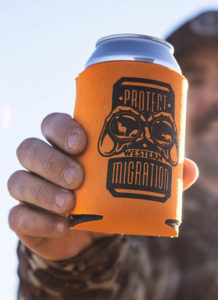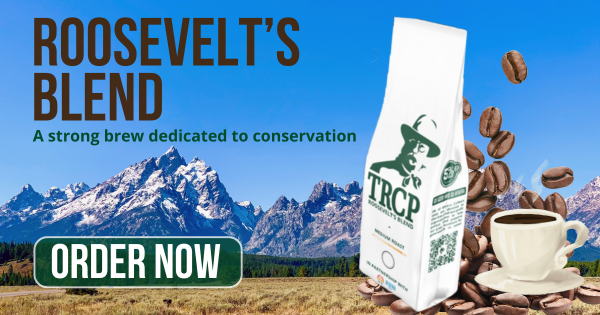First Lite, Maven, and TRCP present “Vacant Space” | Hunting a Mule Deer Migration
Most successful hunters, at least the ones I know, are planners. Outcome-oriented and detail-minded, they channel their passion through checklists and are guided by research. Because so many variables are already involved in the pursuit of wild game, there’s a strong incentive to leave as little to chance as possible.
Even though I’m more likely than not to leave a tag unfilled (and not for lack of trying), I count myself among the planners. For that reason, it was a strange feeling to find myself this past fall sitting alone in my truck at an unfamiliar trailhead, waiting for the arrival of new partners with whom I’d never before hunted, and some of whom I hadn’t yet met.
All had, like me, never been to this area. But thanks to Idaho’s sale of returned general deer licenses, here we were.
The agreed-upon logistics were about as simple as it gets: Hike down the trail a few miles with camp on our backs, and spend a long weekend climbing high each morning, looking for deer. In short, we were winging it.
But even without much of a plan, we had a clear purpose in mind. The idea behind this deer hunt was to bring together different folks working in parallel on issues of mutual interest. We hoped to learn a bit more about each other’s efforts to benefit wildlife and wild places and, in doing so, to identify opportunities for future collaboration between our respective teams.
Kevin is a researcher and educator at the University of Wyoming, where his work focuses on migratory big game animals. Ford (First Lite) and Craig (Maven) are both industry professionals with backgrounds in biology, who are helping to shape the public face of two conservation-minded companies. And in my role for the Theodore Roosevelt Conservation Partnership, I work to educate sportsmen and sportswomen about the issues that matter most for hunters and encourage them to speak up for smart policies. Along for the ride—and a delightful final addition to the team—was videographer Nic Tapia. This was Nic’s first exposure to hunting, and he arrived eager to learn.
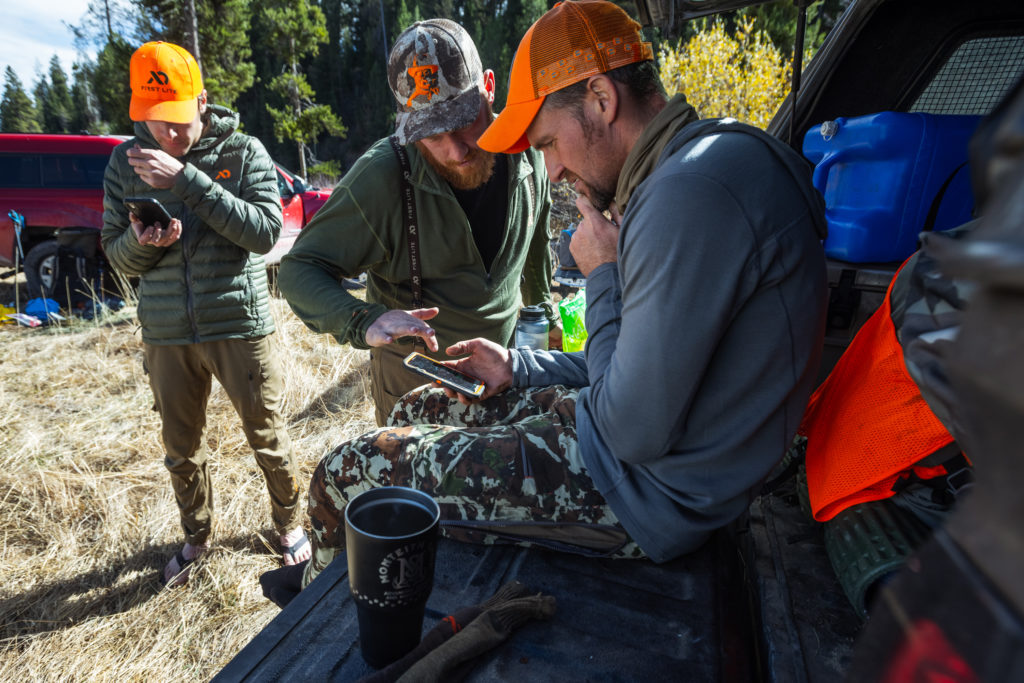
The specific topic of conversation was big game migration, which has emerged in recent years as one of the most urgent priorities for wildlife managers across the West. Cutting-edge research enabled by advances in GPS technology has allowed biologists to track animals’ seasonal travels with unprecedented precision. This growing body of data has transformed our understanding of migration not only in a quantitative sense (i.e., more dots on the maps) but in a qualitative sense as well: We now know how susceptible a herd’s overall health is to the disruption of a migratory corridor, particularly if that disruption occurs in a bottleneck or stopover area.
Across the West, development of all kinds is accelerating, and intact landscapes are being subdivided. Meanwhile, the global demand for energy continues to balloon. Without accounting for how our collective footprint could impact migratory big game, the consequences can be significant and long-lasting.
While the science has illuminated the stakes of this issue, the realm of policy is still catching up. State fish and game agencies have made strong headway, to be sure, but migration corridor conservation poses its own unique challenges.
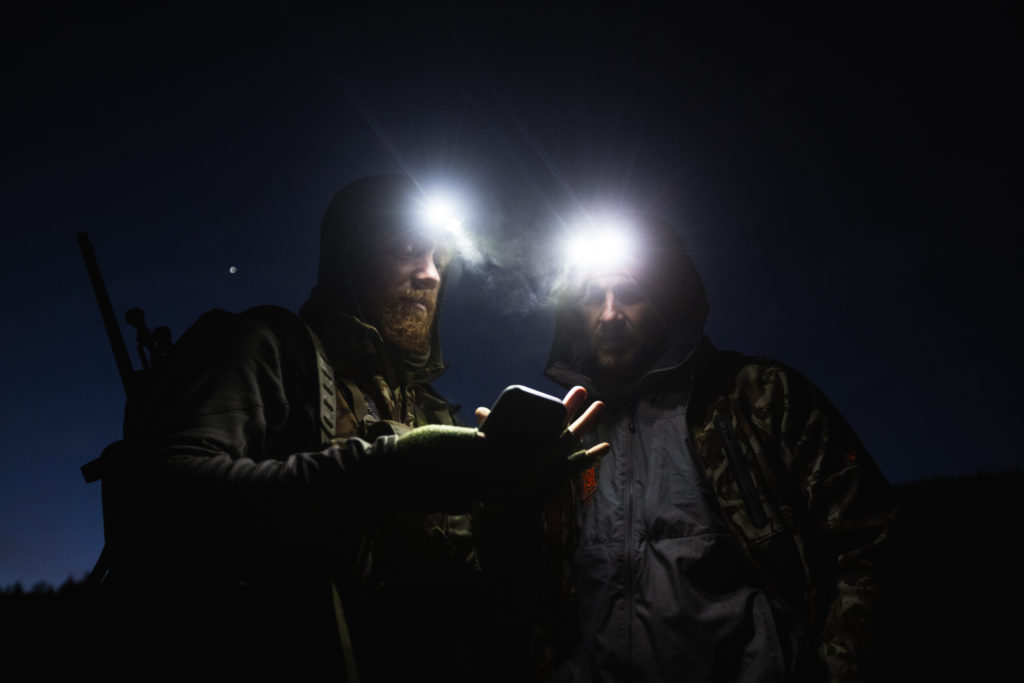
Because the routes used by big game herds to travel between their seasonal ranges span multiple land ownerships and management frameworks, effective policymaking requires close coordination between federal and state agencies at various levels. Landowners and working ranches and agricultural properties play an especially important role in the functioning of these corridors, so substantive public-private collaboration is key. And sportsmen and sportswomen need to speak up so that the officials undertaking this important work receive the funding and institutional support required to keep it up over the long haul.
Early last year, Maven and First Lite decided to combine their respective platforms to bring greater awareness to this issue through a short film. As a biologist working on the front lines of research, as well as training the next generation of wildlife professionals, Kevin was a natural fit for the project. And because of my work in the realm of advocacy, I was lucky enough to join in the fun. In my mind, the opportunity to spend a few days in the field looking for mule deer and picking the brain of one of the world’s preeminent mule deer experts was just too good to pass up.
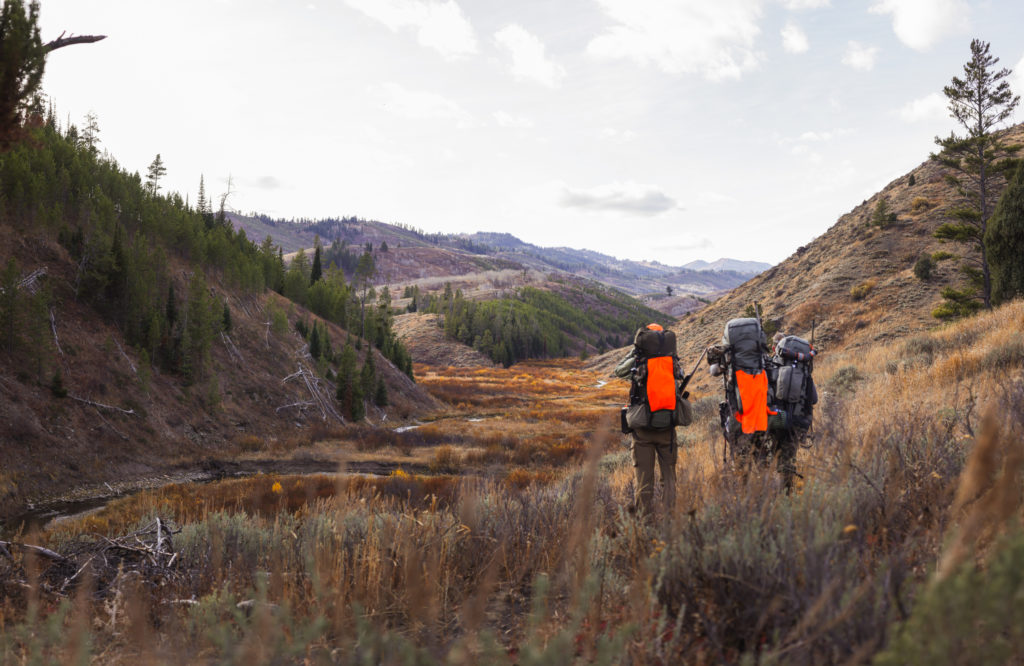
Given the lack of any structured plan, we let the days following our trailhead meetup unfold in the moment. Frosty mornings slipped away into sunny afternoons. The conversations stretched wide and dove deep.
Along the way, Kevin generously shared with us both his bottomless knowledge of mule deer behavior, as well as the role that hunting plays in both his family and professional life. Ford and Craig brainstormed how their respective brands could help Kevin and his students, and we discussed the challenge of communicating the implications of scientific nuances for policy and hunting opportunity.
In between conversations, our glassing turned up lots of elk, quite a few moose, and—towards the end of the trip—more and more mule deer. Though we remained optimistic, the mature bucks we hoped to find proved elusive; other hunters, not so much.
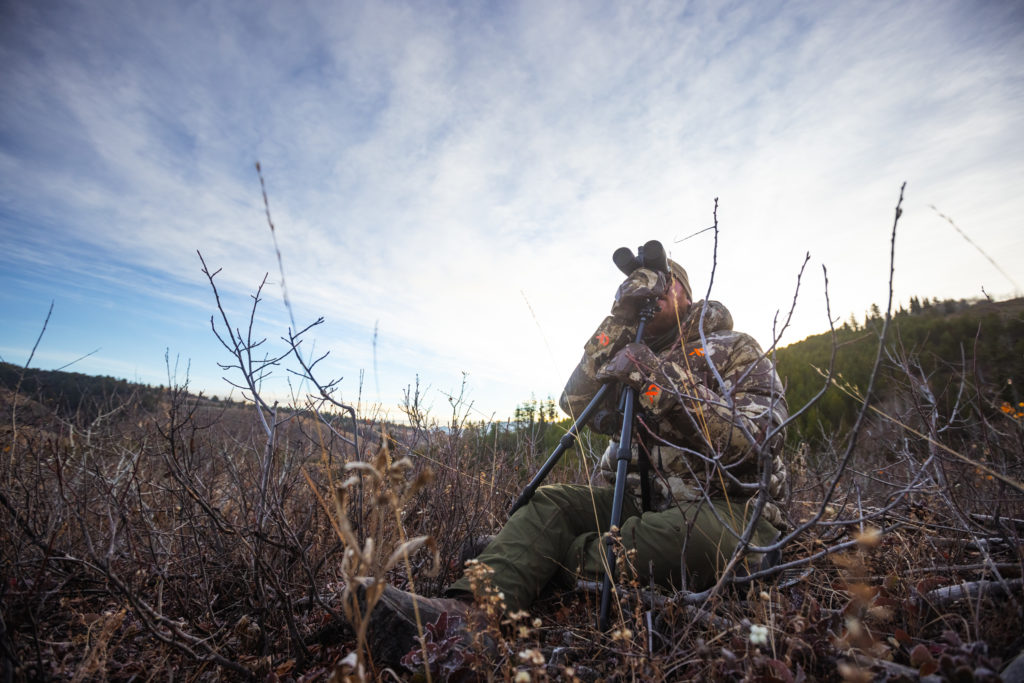
Our last full day of hunting proved the most exciting. That morning, Kevin and Craig turned up a young fork-horned buck, and Kevin wasted no time in filling his tag. After a painless downhill pack out, they spent the rest of the day relaxing back at the trucks.
Meanwhile, Ford, Nic, and I—unaware of Kevin’s success—huddled on a blustery ridge a few miles away, helping a young hunter who had drawn one of the area’s limited tags for bull elk. Sitting beside the boy’s father, we watched through our glass as he made a quick stalk with his younger brother and cousin, resulting in a shot on a nice 6×6 we’d spotted earlier. Our group then joined them in a heart-wrenching (but ultimately successful) search for a blood trail in the moonlight.
When the three of us stumbled back to the trailhead late that evening, cold beers and a lively recap of the day’s activity were exchanged across the flickering light of the camp stove. With a cooler full of fresh meat, we decided to forgo the dehydrated meals remaining in our food bags. Instead, Kevin made Chislic, a celebratory deer camp tradition from his native South Dakota: bite-sized pieces of fresh venison trim, salted heavily and flash-fried. We all ate our fill and soon called it a night.
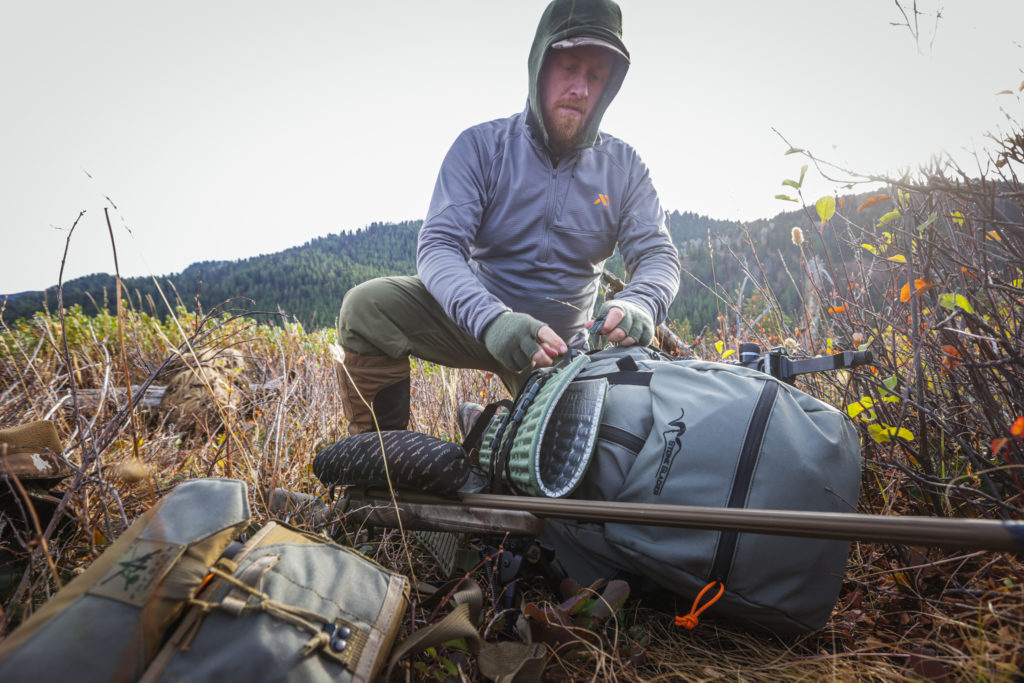
The next morning, our group took one final hike up to a nearby glassing point. As darkness retreated from the landscape, snowflakes peppered us from above. With hat brims and hoods pulled low against the wind, we watched a string of deer pick their way through an aspen patch beneath us. Slowly, and then all at once, the trip’s last opportunity to joke and tell stories crowded out any thoughts of our final chance to turn up a second buck.
Later, we each headed off in our respective directions homeward, wishing one another luck with the season’s remaining tags while trading reminders to follow up on plans and ideas cooked up in camp and along the trail. Energized by both the weekend’s conversations and shared sense of purpose, I gave little thought to the empty cooler in my rearview mirror. Instead, my mind wandered across the rich ground we’d covered—both literal and metaphorical—in the days prior. The drive passed quickly with only a short stop halfway through for hotdogs and gasoline.
Support our work to conserve migration corridors with a donation to conservation today, and get a free koozie when you donate $5 or more. Koozies available through First Lite and Maven. Donations will be split between the TRCP and Monteith Shop.
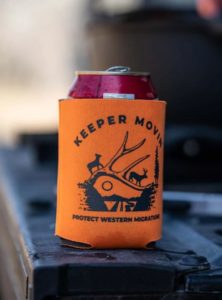
Head over to the TRCP’s migration site for an overview of the issue, links to additional resources, the latest news, and opportunities to take action.
Photos courtesy of Craig Okraska / Maven.

